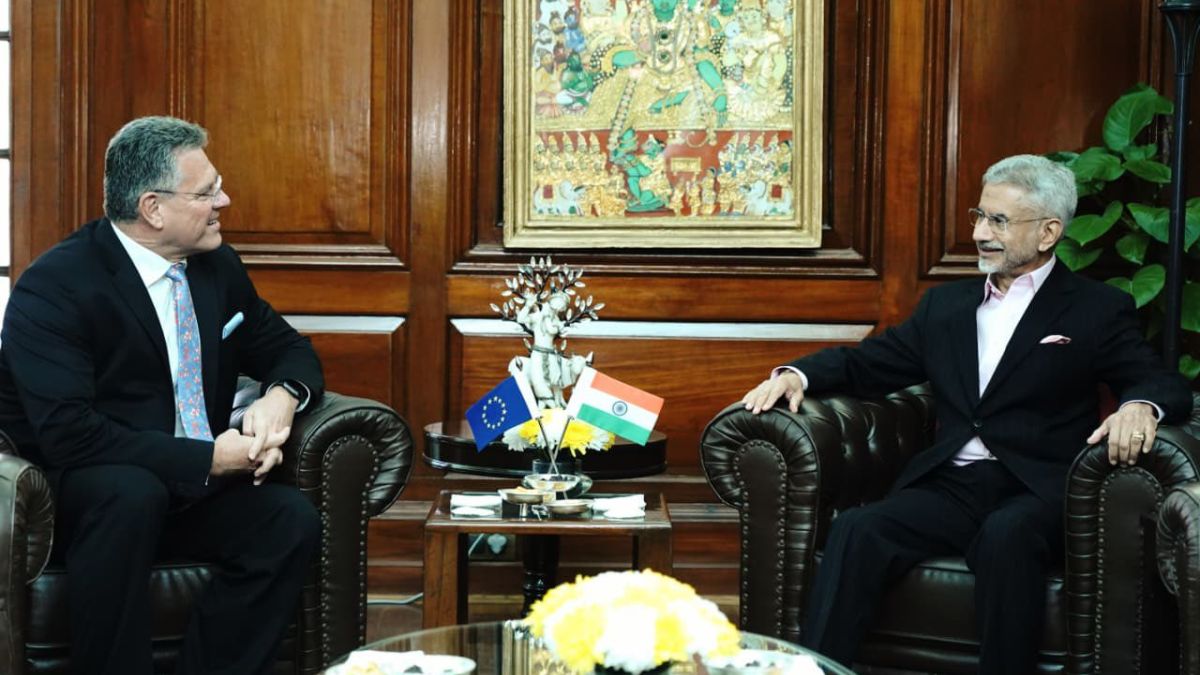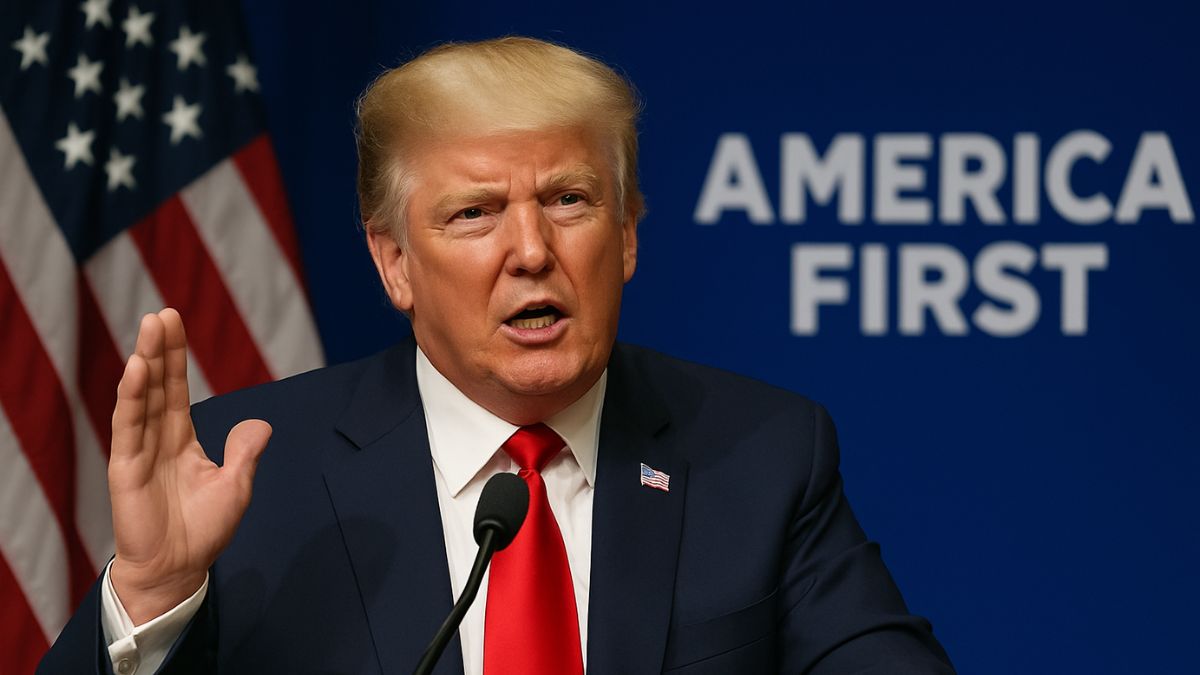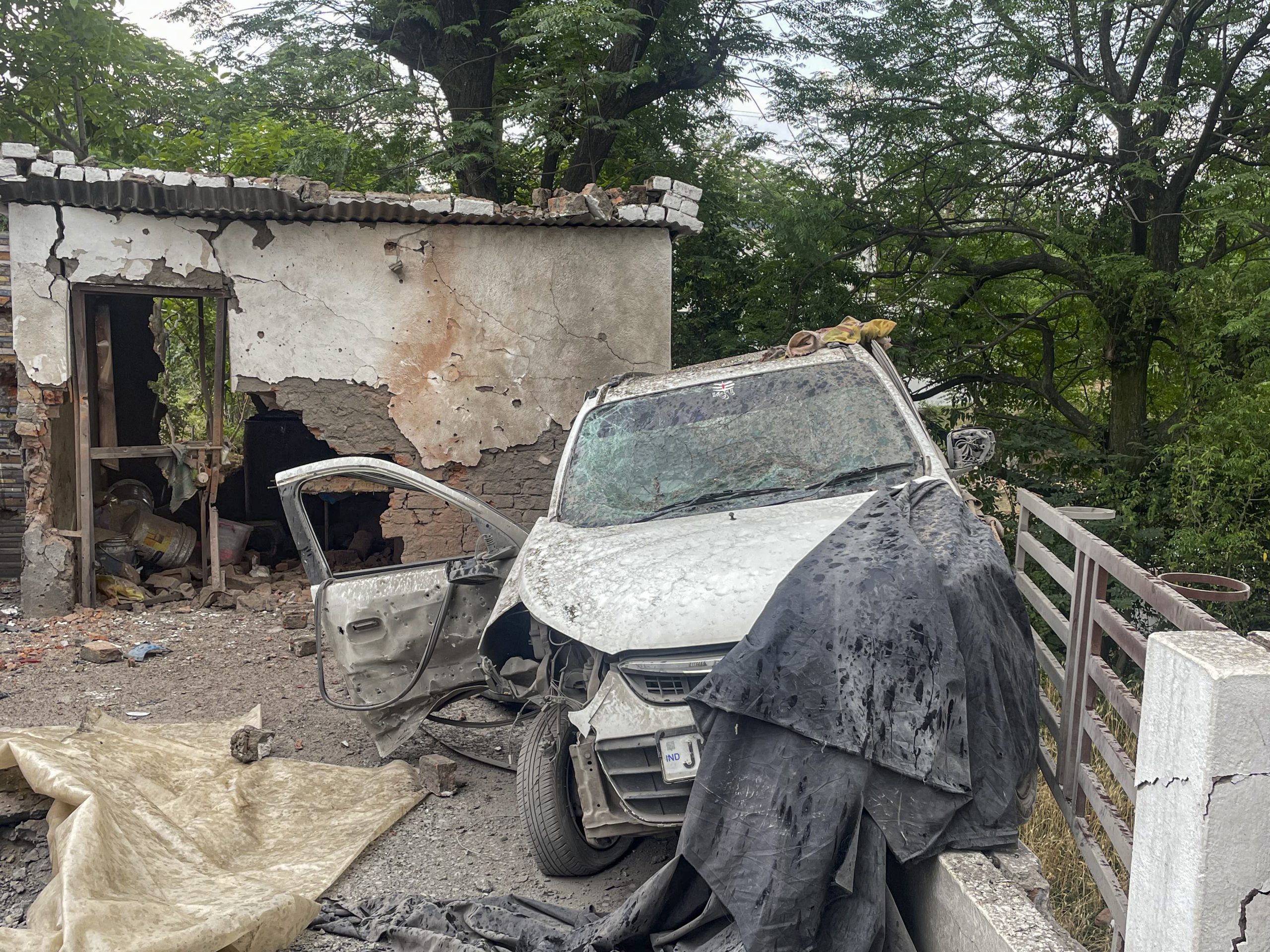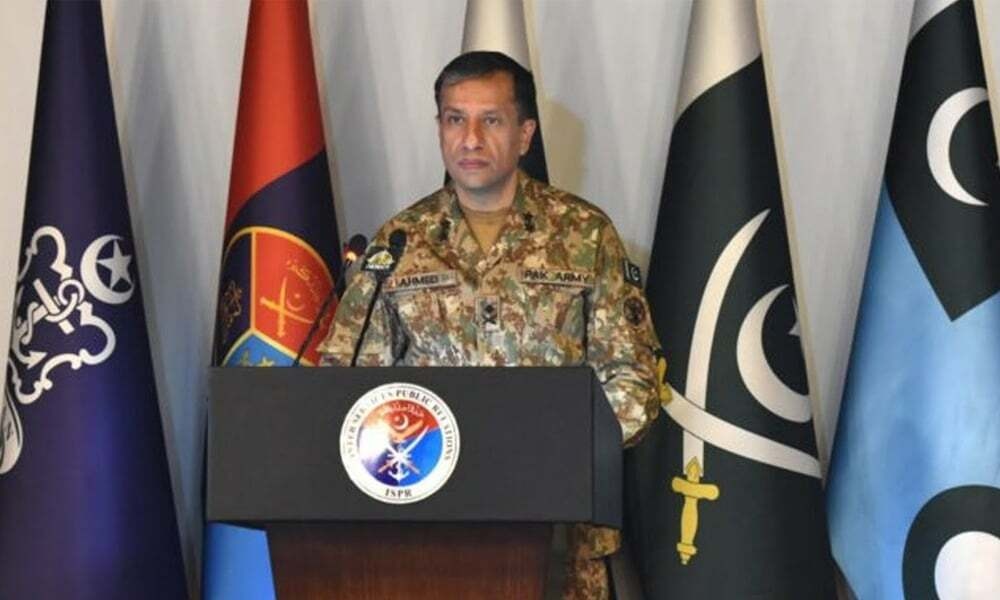Indian Veterans Continue To Grapple With A Broken Healthcare System Under ECHS
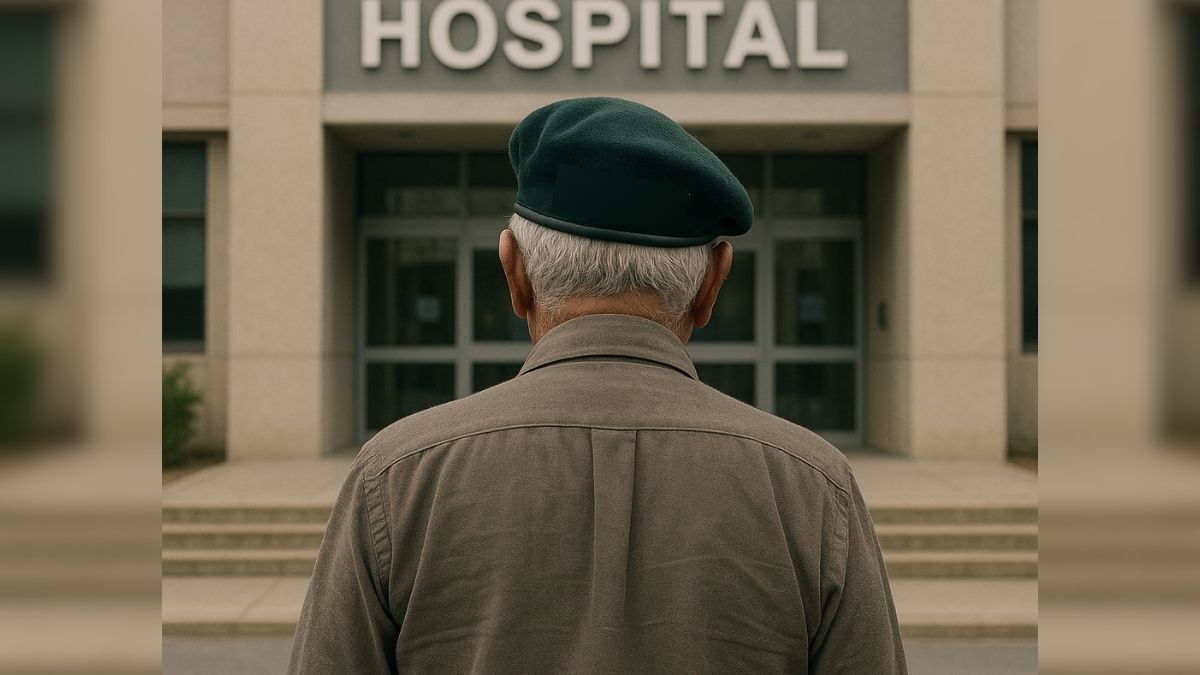
The crumbling ECHS infrastructure is putting the burden on the pockets of veterans. Image courtesy: AI-generated picture via DALL-E
The Ex-Servicemen Contributory Health Scheme (ECHS), launched in 2003, was meant to provide comprehensive medical care for retired personnel and their families. Enrolling more than 50 lakh veterans, it promised dignity in healthcare for those who had already served the nation.
Two decades later, that promise looks hollow. Empty pharmacies, overstretched polyclinics, and hospitals walking away from the scheme now define the experience. For ageing veterans, many battling chronic ailments, the cracks in ECHS have widened into a crisis.
Why are veterans being denied care despite their contributions?
In Kerala, reports in 2023 revealed that hospitals in Kannur and Kozhikode had stopped treating ECHS patients. Pending dues running into crores and unrevised package rates since 2014 made the scheme financially untenable. Aster MIMS Hospital alone was owed more than Rs 17 crore.
Ex-servicemen argued this was unjust. Officers had already paid Rs 1.2 lakh at retirement, Junior Commissioned Officers Rs 67,000, and Other Ranks Rs 30,000— plus a Rs 1,000 deduction from pensions every month. Yet, when hospitals turned them away, they were forced to pay out of pocket.
Even within the system, discrimination persisted: officers were still given better wards while other veterans were sent to lower-quality facilities. By late 2024, the Kerala State Ex-Services League said that hospitals were refusing admissions at night, citing “no bed availability”, while medicines were frequently substituted or denied.
The crisis has echoed elsewhere. In Goa, veterans raised similar complaints in 2025, prompting Defence Minister Rajnath Singh to acknowledge the seriousness of the issue after appeals from local associations.
What structural flaws have brought the scheme to the brink?
Hospitals have little incentive to stay on board. Reimbursement delays drag on for months, package rates have not been revised in over a decade, and approvals for treatment stall in red tape. Polyclinics are understaffed and overburdened, creating long queues and bottlenecks.
Budget shortages mean essential drugs are often missing. Veterans report being denied prescribed medicines and having to repeatedly submit Aadhaar or bank details, adding insult to injury. For those in rural areas, access is even more difficult, with facilities concentrated in towns and cities.
The result is a perverse rationing of care: hospitals restrict admissions during non-office hours, delay procedures, and compromise on quality. Instead of dignity, veterans find themselves fighting for treatment in their own country.
What reforms could rescue ECHS from collapse?
Fixing ECHS requires both resources and reform. Clearing hospital dues and revising package rates must be immediate priorities. Polyclinic staffing and infrastructure need urgent expansion, while digital certification systems could reduce red tape.
Veterans’ rallies in Assam and West Bengal have demanded grievance redressal at the local level, a model that could be scaled nationally. Outsourcing pharmacies and hiring more doctors would address shortages. In rural areas, mobile health units and integration with AYUSH services could improve access.
A research centre within ECHS could track health trends and anticipate needs, helping to transform the scheme into a responsive system rather than a bureaucratic burden. Above all, political will is needed—without it, ECHS risks becoming a hollow gesture to the very people it was meant to honour.
